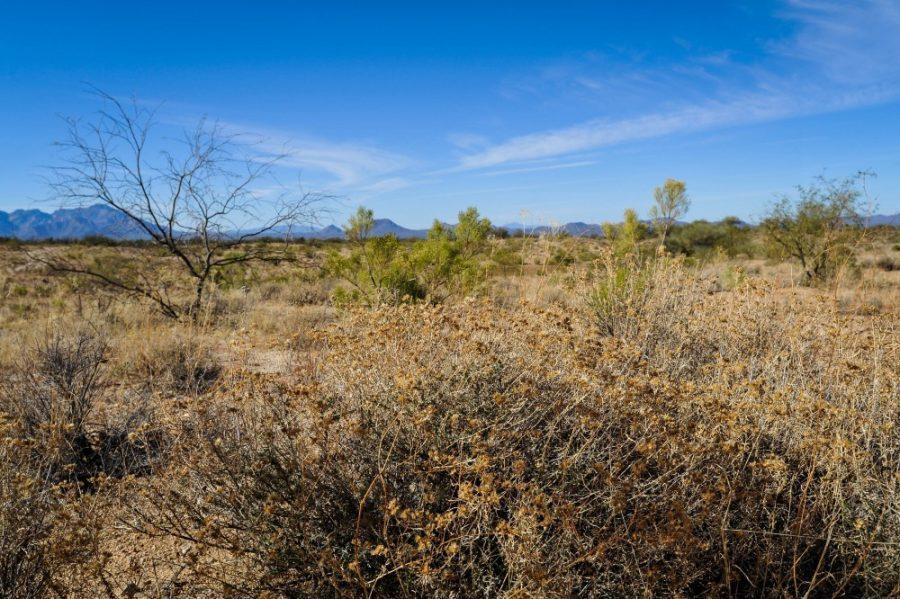New research shows 2016 was hottest ever year
It’s official. 2016 was the hottest year on record. Both NASA and the National Oceanic and Atmospheric Administration (NOAA) reports show 2016 was warmer than every one of the 136 years on record.
This came as no surprise to the scientific community. The past three years have all broken this record, only to be topped by the next ever more carbon-rich year. Each of the first six months of 2016 broke records due to their unprecedented temperatures. This was followed by El Niño in the Pacific Ocean, which rose global temperatures from October onward.
Modern global temperature monitoring comes from a combination of satellite data and ground-based weather stations. The average change of this data is often quite small. NASA reports since the late 19th century the average global temperature has risen about 2 degrees celsius. While it may sound insignificant, it is quite extreme.
The climate change-focused Paris Agreements have been adopted by 195 countries. This conservation effort aims to keep long-term temperature change below 2 degrees celsius above pre-industrial levels. While this promise to limit carbon emissions has given hope to many, the record-setting year we just experienced has made it clear: the issue of climate change will only get worse unless drastic changes are made.
Recording the optical boom
Scientists have captured an unprecedented phenomenon on camera. The optical Mach cone, as it is officially named, was photographed by a team of scientists at Washington University in St. Louis this week.
Much like the sonic boom caused by an object traveling faster than the speed of sound, an optical, or photonic boom is created when an object travels faster than the speed of light.
It is known that photons cannot travel faster than the speed of light in a vacuum. This is why light years are a reliable measure of distance. But in Earth’s atmosphere, the speed that photons travel can be slowed down by sending them through a medium.
Jinyang Liang, a postdoctoral research associate at Washington University and the research team’s leader, was able to accomplish this by pointing a powerful laser through a fog of dry ice and plates of metal and rubber, which slowed down the waves of light.
As the laser passed through the fog, a super high-speed camera, capturing up to 100 billion frames a second, managed to take several photos of the cone shaped boom for the first time ever.
Molecules from marine bacteria
Isoarborinol is a lipid-based molecule thought only to be located in the presence of flowering plants. This bacteria is quite useful to geobiologists, who use their presence — which can remain as a fossil for millions of years — as a record of previous life.
This allows researchers to establish an organic timeline of whatever area they are studying.
The 1990s discovery of isoarborinol within sediment that predated flowering plants by nearly 100 million years puzzled scientists, who reasoned that the molecule may have an alternate source.
RELATED: UA researchers connect bee diet to gut bacteria
Finally, geobiologists from Stanford University discovered last week an answer that may explain this troubling inconsistency. By studying bacteria previously skimmed off the Adriatic Sea, researchers discovered within a modern bacterium the ability to create molecules similar to isoarborinol.
Eudoraenol and adriaticol, as they have been named, have never been encountered before — but are produced by the modern-day bacterium Eudoraea adriatica. Researchers now conclude that isoarborinol can represent water-dwelling bacteria alongside flowering plants. This explains why scientists encountered such a puzzling anomaly in the ’90s and will ultimately lead to better interpretation of geological and biological data.
Follow Chandler Donald on Twitter.










